
THREAD PAINTING
AND SILK SHADING
EMBROIDERY
Techniques and projects
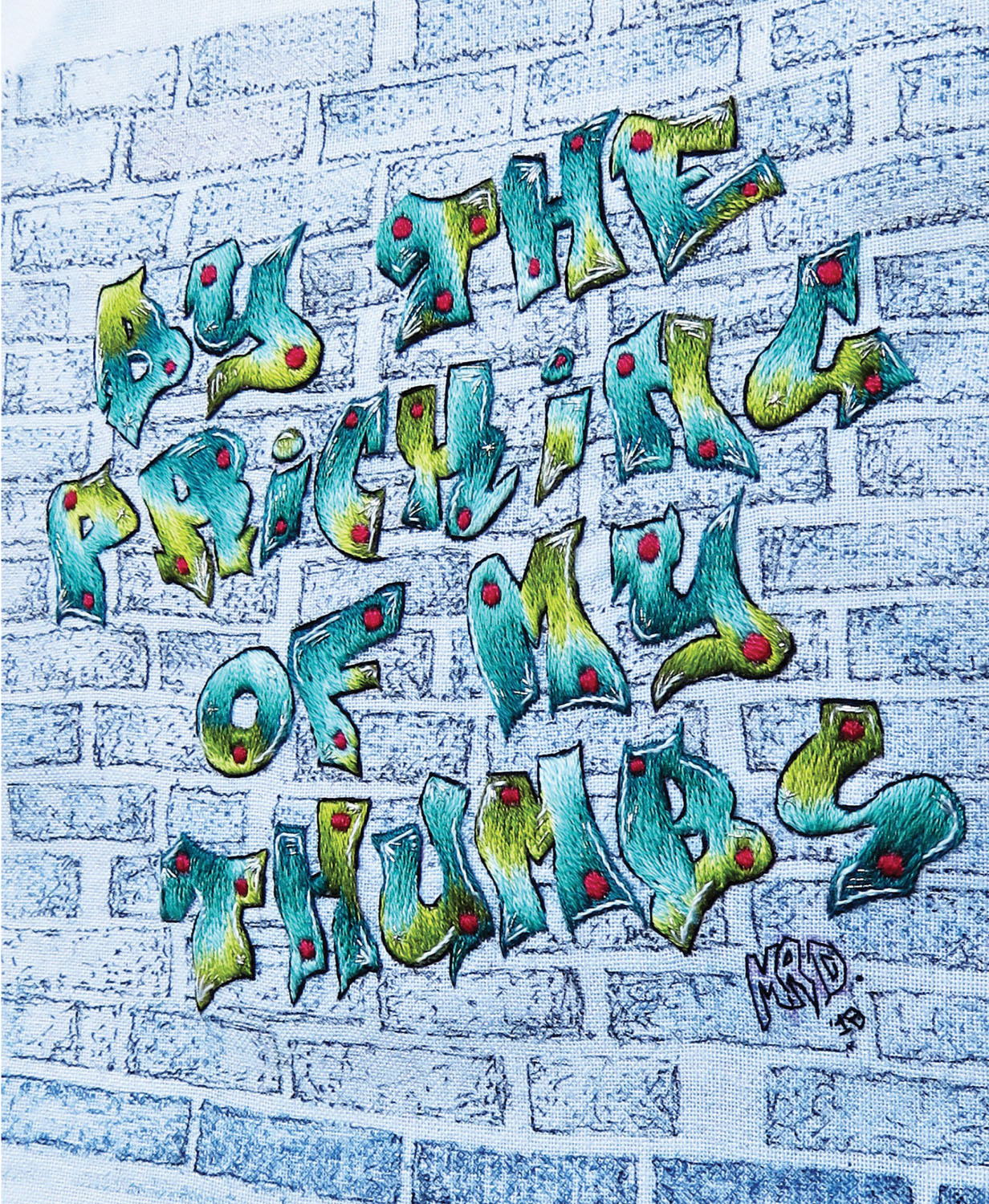
THREAD PAINTING
AND SILK SHADING
EMBROIDERY
Techniques and projects
MARGARET DIER

THE CROWOOD PRESS
First published in 2018 by
The Crowood Press Ltd
Ramsbury, Marlborough
Wiltshire SN8 2HR
www.crowood.com
This e-book first published in 2018
Margaret Dier 2018
All rights reserved. This e-book is copyright material and must not be copied, reproduced, transferred, distributed, leased, licensed or publicly performed or used in any way except as specifically permitted in writing by the publishers, as allowed under the terms and conditions under which it was purchased or as strictly permitted by applicable copyright law. Any unauthorised distribution or use of this text may be a direct infringement of the authors and publishers rights, and those responsible may be liable in law accordingly.
British Library Cataloguing-in-Publication Data
A catalogue record for this book is available from the British Library.
ISBN 978 1 78500 478 0
Frontispiece: A Shakespeare quote, an Agatha Christie title and a very apt line for embroiderers. A modern thread-painted graffiti natural shading in stranded cottons with silver thread highlights.
 CONTENTS
CONTENTS 

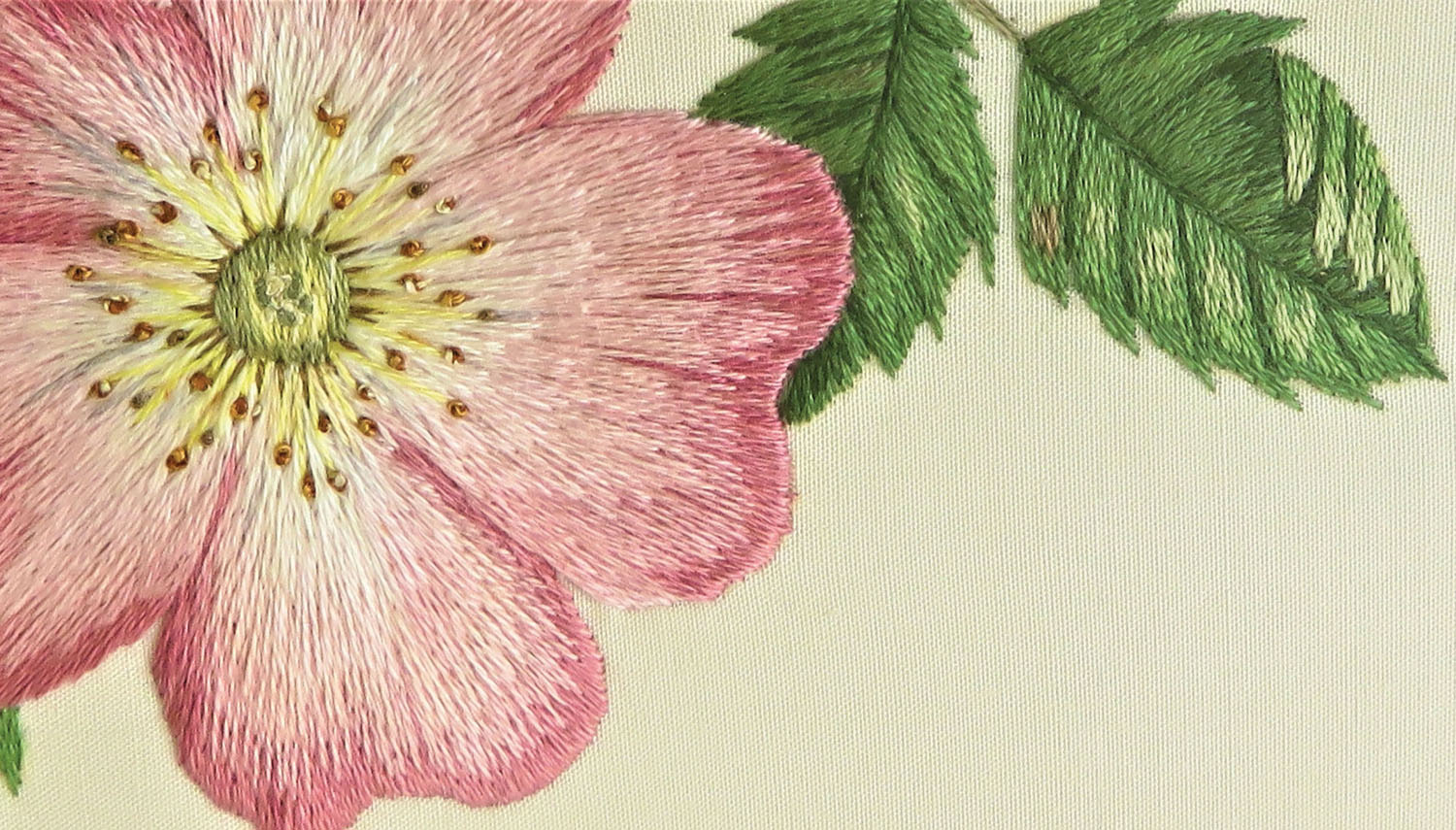
A naturally shaded wild rose worked in stranded cottons. The centre is padded satin stitch and there are shaded French knots for stamens.
 INTRODUCTION
INTRODUCTION 

I am an acupictor. I didnt know this until I started researching for this book. It is a Latin term for embroiderer. But when translated literally, it means painter with a needle, which I most certainly am.
Thread painting, needle painting, long and short stitch, silk shading so many names for essentially one embroidery technique. So why this one? Apart from being my favourite it also has an air of mystery about it. Is it painted?, Is it done by machine? are just a couple of the comments that frequently arise when people see thread painting for the first time. They just cant quite believe it is embroidery.
I started embroidery as a child, little canvas kits of birds and my grandma trying to teach me feather stitch with a needle so sharp I didnt want to hold it. I moved on to working my own designs, teaching myself satin and chain stitch from old books. I then found an article about The Royal School of Needlework. Could I do my hobby as a career? Embroidery all day, every day? It sounded too good to be true, but it wasnt. I was accepted on to their three-year apprenticeship and yes, did embroidery all day every day. It opened a door to types of embroidery I didnt know existed. Thread painting being one of them.
This wild rose is the first piece of thread painting I attempted. The design is a mixture of an antique painting for the rose to which I added leaves from my parents garden. There is so much about it I would now change; the turnovers on the flowers were padded, that is something I would not do now; I would use more colours in the rose and make the shading more sophisticated; you can also see that the edges of some of the petals are quite uneven and messy. However, I love it as it started me on my journey of discovery of thread painting. Every piece of thread painting has taught me something new and it is important to continually improve and learn from each piece you do.
I love thread painting; yes, I found the idea of it daunting, but I found it the most wonderful technique to learn and subsequently use for so much of my embroidery. I love that you do not need lots of specialist or expensive equipment and can just use needle and thread to create such works of art. You can create a picture with huge amounts of detail, with amazing shading, with texture and depth. I promise you it is achievable. I have taught so many students over the years to love thread painting and it is such a sense of achievement to stitch an embroidery of a favourite pet or a beautiful scene from a holiday.
I also love the freedom that comes from thread painting; although there are rules which you learn at the start, as you develop your thread painting you will break the rules to create your own style.
Thread painting is an embroidery subject that many people feel is too difficult or just a bit scary. It has no obvious way of working like many other techniques do. How do you choose the colours? How do you make it look like the stitches are curving? How do you know which direction to stitch? For the most part it is just one stitch that you have to learn. Thats it.
Thread painting is just long and short stitch. It either goes straight down the fabric without changing direction, known as tapestry shading, or it changes angle known as natural shading. Both these techniques give the effect of painting with the needle; tapestry shading is perhaps more suited to buildings and scenery. Natural shading as suggested by its name suits flowers and animals.
Silk shading is another term for thread painting, referring to the traditional way of stitching with silk thread. These days, however, we have so many different types of threads available that it is a misnomer to refer to this technique just as silk shading.
The key to long and short stitch is practice. There are lots of little tips that will help you achieve beautiful embroideries, and there will be some unpicking. Or backward stitching as it is also known! However, you learn every time you take a stitch out. It is worth it, I promise you.
USING THIS BOOK
I hope that this book is a practical workbook to help you get started on your thread painting journey and then continue to inspire you to work on your own designs.
There are practice exercises to try before you start on any of the projects. If you have never attempted this type of embroidery before I recommend you do practise these exercises as they will help you understand the projects. It is presumed in all the projects that you can embroider long and short stitch and blend colours. If you have tried long and short stitch before then please read the practice exercises chapter in case you have tried a different way of working.
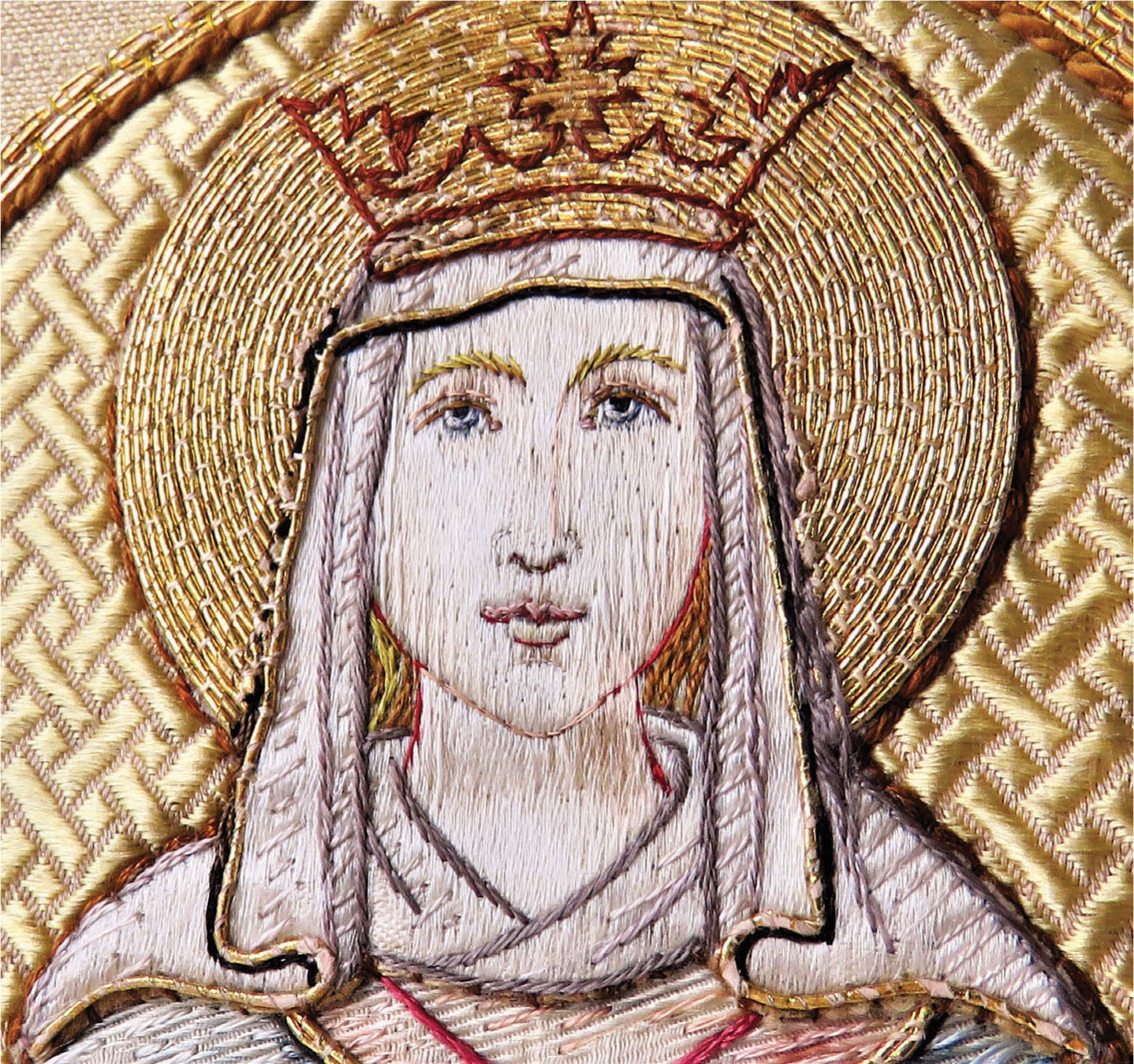
This beautiful church embroidery shows tapestry shading on the face and veil. Additional stitches have been worked over the top of the long and short to add facial details and to catch down the longer stitches on the veil. (Royal School of Needlework, RSN2217)
Next page
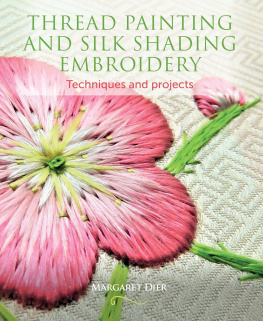

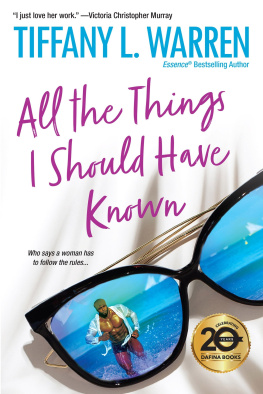
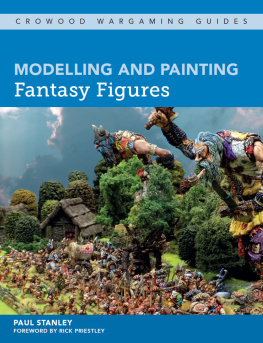
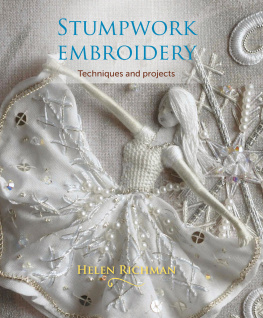
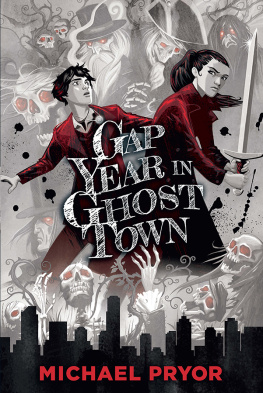

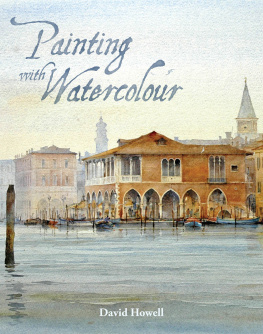

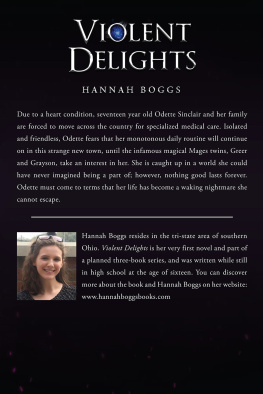
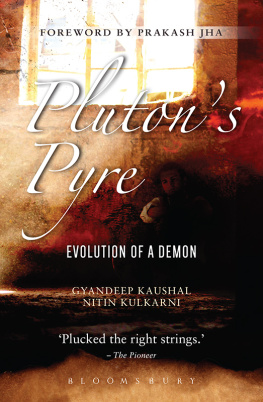

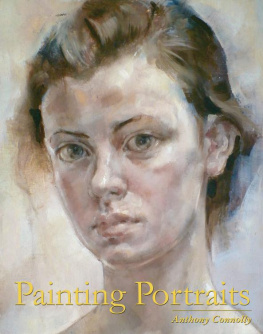



 CONTENTS
CONTENTS 


